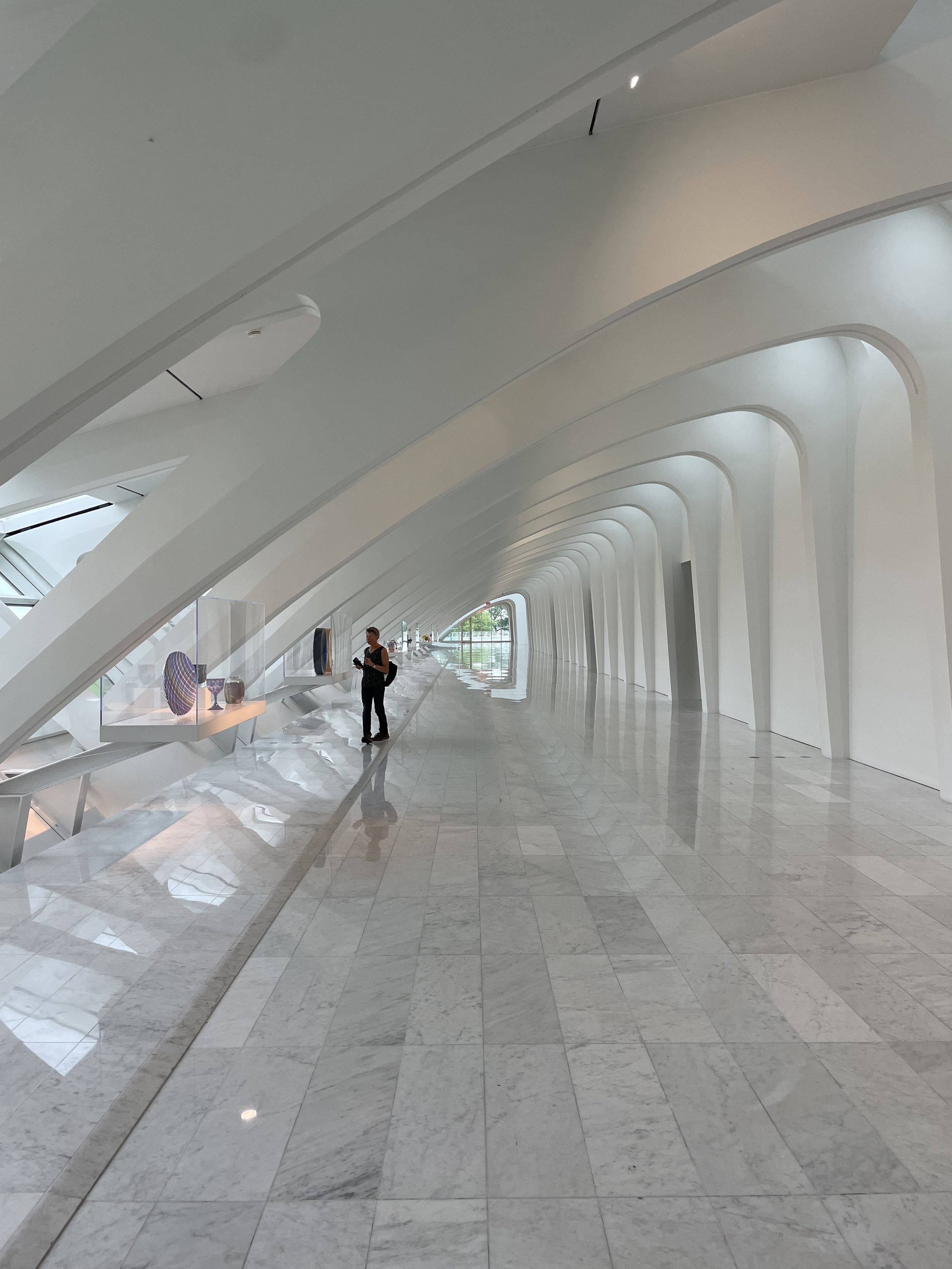The perks of my 8th birthday were a secondhand two-wheeler and the freedom to go anywhere its single speed transmission could take me.
This week I achieved another milestone birthday. Like many milestones these days, it is not a number that ends in a zero or a five. Most of my milestone birthdays now are determined not by the decades and half decades of the anniversaries of my birth but rather but the stange and seemingly arbitrary vagaries of U.S. law.
Last spring, my wife and I were in a funky museum in Arizona (I think) along the famed Route 66. I was pleased to see that in this establishment the “senior” admission price was for those 60 and ‘better.’ The cost would be $5 each instead of $8 saving us $6 between the two of us.
“There are some advantages to getting older,” I said to the lady selling the tickets who seemed like she might qualify for a much higher threshold.
“It’s the only one!” she said with a disgusted look on her face.
I could see her point. Yes, getting older does have some benefits including discounted entry fees to museums and a few other attractions but let’s face it, not one of them (with the possible exception of grandchildren should one be so blessed) is adequate compensation for the aches and pains, the cognitive decline, and yes, serious medical problems that go along with getting older. As a doctor friend of mine kindly reminded me recently, “Getting old is a chronic disease.”
Nevertheless, when perks of seniority are offered, no matter how modest, I like to believe I can accept them with grace.
Here are three that come along with my new advanced age of 62.
Most places that offer a senior discount, begin offering it at 62. Yes, there are some that are as low as 55 and some as high as 65 but 62 seems to be the most common number. These discounts are rarely significant. Usually just a few dollars, but they make me feel like I am getting a bargain when I get to see something or do something for $10 that my younger friends have to pay $12 for.
I can buy a U.S. National Park Pass for $80 that will be good for the rest of my life. Previously, I bought a pass every year for the same price. Many years I didn’t get my money’s worth but I bought one anyway to support the national parks. Now I feel I have done my share and this next purchase will probably be my last. My wife has her own though one pass covers everyone in the party. If you are not yet old enough to buy the lifetime pass consider buying an annual pass to support the park service.
I can collect Social Security benefits, though I probably won’t for 8 more years.
According to the Social Security Administration 23% of men who turn 62 start to take their benefits right away. The percentage is slightly lower for women. However, there is a good reason not to. For each year you wait, your monthly benefit increases about 6% per year until you reach full retirement age (67 for me) and then an additional 8% per year until you reach age 70. After that there is no longer a benefit to waiting. This means that all other things being equal, it may pay to wait if you can.
If you are married and you were the higher wage earner, there is an extra reason to wait because if you die before your spouse, they will get your higher benefit instead of their own for the rest of his/her life.
If you are the lower earning spouse, waiting may or may not make sense. There is a great online calculator called Open Social Security that can help you create a filing strategy as a couple looking at multiple life expectancies. Most calculators don’t take marital status into account. For example, the calculator suggests that I should wait until age 70 to file but that Barbara should file now. She hasn’t yet but maybe soon.
More milestones lie ahead (God willing). The next biggie is age 65 when I am eligible for our national socialized medicine program Medicare. Barbara is two years ahead of me so I have begun to try to make my way through the labyrinth and am sorting through the options and decisions that will need to be made in the next months.
Part A, Part B, prescription drug plans, Medicare Advantage (mostly disadvantageous), Medigap or supplemental plans, co-pays, and deductibles, oh my!
If you thought Social Security was complicated, Medicare is absolutely mind-boggling particularly as the onset of Medicare coincides with the aforementioned cognitive decline (see above).
No wonder our politicians never want to call it quits; they can’t make head or tail out of the retirement programs they created and make more complicated every year. It’s easier to get reelected than to enroll!
Well, I better run. I need to get over to my nearest Park Service entrance gate to pick up my lifetime pass before the government shuts down. Of course, all the parks will be closed for who knows how long but I can hold it in my hand and dream of the places I’ll go if not in person then with my Apple Vision Pro virtual reality headset (available early 2024).
Maybe Apple will even start offering a discount for seniors instead of just for college students. Tim Cook should be able to empathize; he is also 62 years old.
The world’s a narrow bridge; fear nothing.









